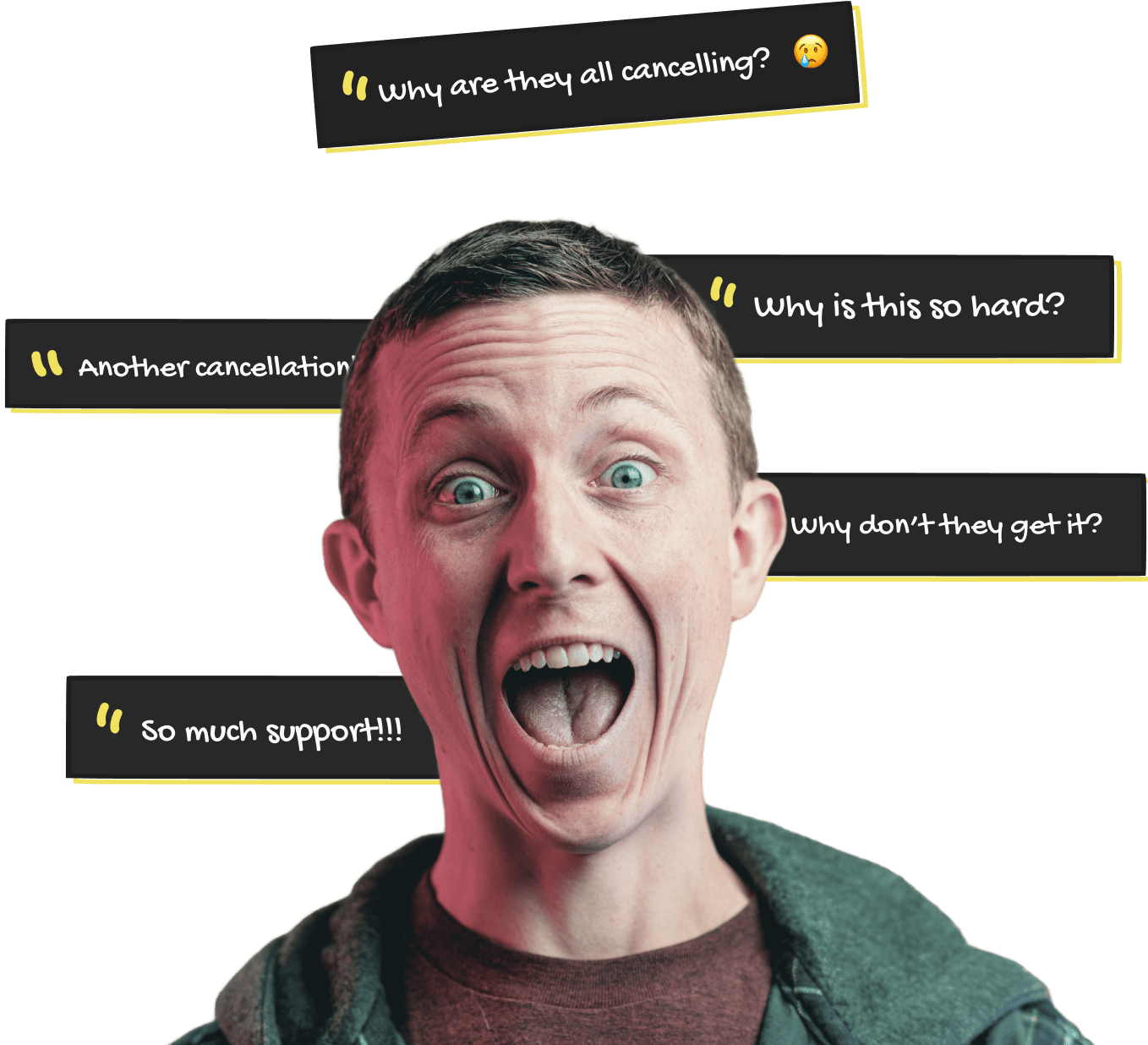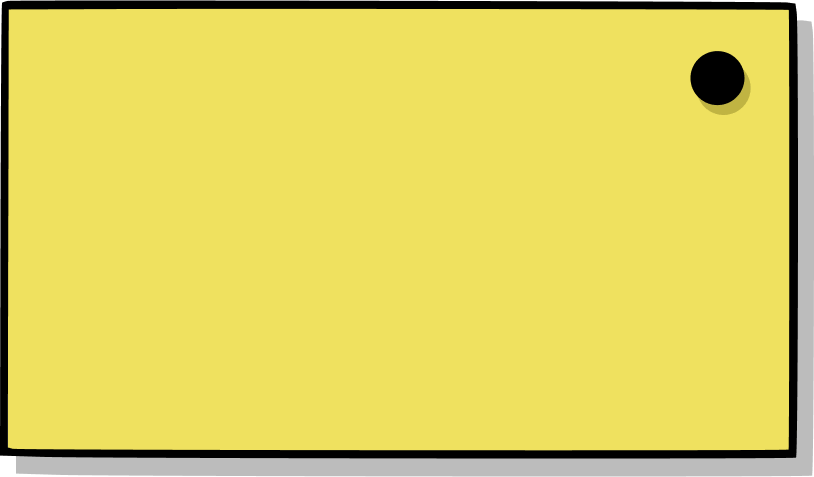

There's no better way to learn about UX for your SaaS than from an experienced designer and SaaS founder - like Nathan! I highly recommend 'SaaS UX for Developers'.



A practical, SaaS focused guide for developers wanting to level up their UX skills. Nathan's down-to-earth writing style makes it super easy to learn.



Improving UX is essential for reducing churn, but many companies confuse UX and design, turning it into a meaningless buzzword. Nathan brings UX back to form and explains how to build SaaS apps that are a delight to use.




Of course, you do! But if you’re more developer than designer, it can be a challenge.
Getting your app to a good-enough-to-go state can feel like a monumental task. And hitting up your designer
friends or scrolling through endless UI libraries will only get you so far. What you need is a
fundamental understanding of how UX affects the success of your SaaS.
You see, an awesome SaaS isn’t about jaw-dropping design or drool-inducing animations; it's about following
tried-and-true guidelines that make your software easy to use and with minimum learning effort.
Understand
this, and your world will change.
Have you ever wondered why so many SaaS products look the same? Nope, designers haven't lost their
creativity; it's just
that businesses want to make money. And how do they do this? They increase their chances for success by
ensuring their
product can be used with minimal effort. Or to put it another way, users unconsciously recognise the UX
patterns and
instinctively find their way around the new app. Familiarity is your best friend.
To stop users churning before they become paid customers, you need two things:
Without both of these, you’re shooting yourself in the foot. So, knowing enough UX to be dangerous can make or break your next product.



A poor user experience can have devastating consequences. Here are a few ways that not following the rules can affect your churn rate.
A clunky and confusing interface can leave users feeling lost and irritated, leading to quicker churn.
If your SaaS is difficult to use, customers won't fully get on-board, increasing churn and your frustration.
Negative experiences lead to negative reviews. If you’re a small SaaS, this can be especially damaging.
Poor UX can lead to more support requests.This puts a strain on you, your team and your bank account.
Ultimately, poor UX leads to increased churn rates, hurting your revenue, growth and sustainability.




How to increase the likelihood of users converting straight from signup

How to effectively onboard new users. Or, what are your options?

The value of prototyping and how to get it done barebones style

Why your dashboard matters and how to make it a good place to be

How to simplify your app and avoid the click-and-see approach

How to maintain consistency throughout your app

What you need to know about basic Accessibility and your SaaS

Why consistency and hierarchy are more important than you might think

How language influences your users and (hopefully) customers


Nathan truly understands UX for SaaS. He’s consistently able to come up with and communicate simple yet effective ways to improve onboarding, activation, and retention. If you’re a developer working on a SaaS product, his book is a must have.



Nathan's distilled his years of design experience into this excellent book. I'd recommend it for any engineer learning how to design a SaaS app.



Nathan is one of the rare few who just really gets the overall user journey. We've worked together serveral times and and each time it's like a cheat code for our product.



It’s about time a book like this came along. Straight forward, barebones UX that even I can understand. A must-read for all shipping asdsadasdasdd.

My name’s Nathan J. Powell, and I’m a senior product designer and SaaS founder. Over the last 18 years, I've heard the same fears repeated over and over from my developer friends:
Before I started my first SaaS in 2013, I shared many of these fears. Even with 8 years of general design experience, I felt like I was winging it. But you know what helped me to succeed and exit 5 years later? An understanding of UX - enough to make me dangerous. And now, I'm here to share everything I’ve learned with you.
